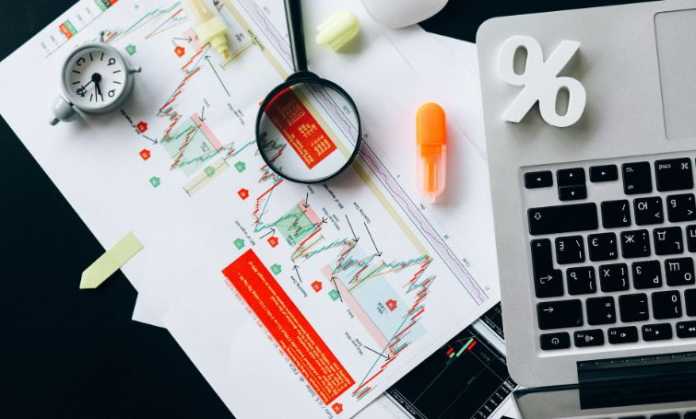Commodity trading is an exciting and potentially lucrative venture that involves buying and selling raw materials or primary products. Some popular commodities include precious and industrious metals like gold, silver, and copper, as well as agricultural products like wheat and corn. Commodities also include energy sources like coal, natural gases, crude oil, and cooking oil. These commodities play a vital role in global trade and economic growth. If you are new to commodities and would like a crash course on understanding the most fundamental principles of commodity trading, you have come to the right place. Read on to learn more.
What are commodities?
In essence, commodities are tangible goods or raw materials that can be bought and sold in standardised contracts on exchanges. They are often categorised into groups, including metals (gold, silver, copper, and platinum, to name a few), energy (crude oil, natural gas, coal), agricultural products (wheat, coffee, corn, soybeans), and livestock (cattle, hogs).
The value of these commodities is driven (primarily) by supply and demand. The higher the demand for a commodity, the higher it will be valued if supply levels remain the same. In turn, supply and demand levels of commodities are driven by geopolitical factors, weather conditions, and global economic trends.
What are commodity exchanges?
Commodity trading takes place on platforms called exchanges, more specifically commodity exchanges. These exchanges provide a centralised marketplace for traders to come and go and buy and sell contracts. When it comes to commodity trading, many traders prefer to speculate on price fluctuations instead of physically owning and delivering products, as some of these products may be difficult to transport and store.
Some of the most popular commodity exchanges in the world are the London Metal Exchange, the Chicago Mercantile Exchange, and the New York Mercantile Exchange. These exchanges are transparent in pricing to ensure fair and transparent trading, and they establish the rules and regulations of trading, as well as contract specifications (size, duration, and more). They also facilitate price discovery for traders.
How to trade commodities
Commodities can be traded physically (with physical delivery), but many traders prefer to trade derivatives of commodities to potentially profit from market fluctuations. This can save money in terms of storage and delivery. Those who regularly purchase commodities (such as farmers, manufacturers, and energy companies) may also hedge existing trades and prevent losses in the future by hedging commodities.
So – the question remains: how to trade commodities? Many prefer to trade them using two types of contracts: futures and options. Future contracts obligate the buyer to purchase or sell a specific quantity of a commodity at a predetermined price and future date. On the other hand, an options contract allows – but does not obligate – the buyer to buy or sell the commodity at a specified price. Both types of contracts have expiry dates, after which the contract must be exercised or expires worthlessly in the case of options.
How to choose a platform for commodity trading
When choosing the right trading platform for your needs, there are a few critical factors to consider. For starters, you should always ensure the platform is secure and regulated. It’s also important to investigate the fees associated with trading on each platform – as these can vary significantly from one provider to another.
Another factor to consider is the range of trading tools on offer. Different platforms may offer different features or access to specific markets, so you should ensure the platform can meet your needs before committing to any provider.
Finally, as you intend to trade commodities, you should always ensure that the broker you work with (that is providing the platform) should offer the commodity/products you want to trade. Whether you are looking to buy options or futures contracts, or you are thinking of investing in commodity CFDs, you should make sure you have the access and ability to do so.
Managing risk in commodity trading
Commodity trading involves inherent risk as all forms of trading do. These risks include price volatility, market fluctuations, and unexpected events that can affect the supply and demand of these products. Traders must adopt the proper risk management techniques to protect their investments, such as knowing their own risk appetite and not overtrading.
Some practical and tangible risk management techniques include setting stop loss and take profit orders on trading platforms when trading commodities. They also include conducting thorough market analysis before deciding to invest in a financial instrument, as well as diversifying one’s portfolio across several asset classes and products beyond commodities, such as stocks, currencies, and other funds.
Conclusion
Commodity trading can potentially be a lucrative investment opportunity for those who are eager to learn how it works and master trading the product. However, all traders – no matter their skill level – should understand that trading comes with risks, and there is always a potential for loss alongside the potential for gain. Thus, it is vital that they implement the necessary risk management features when trading commodities.
































